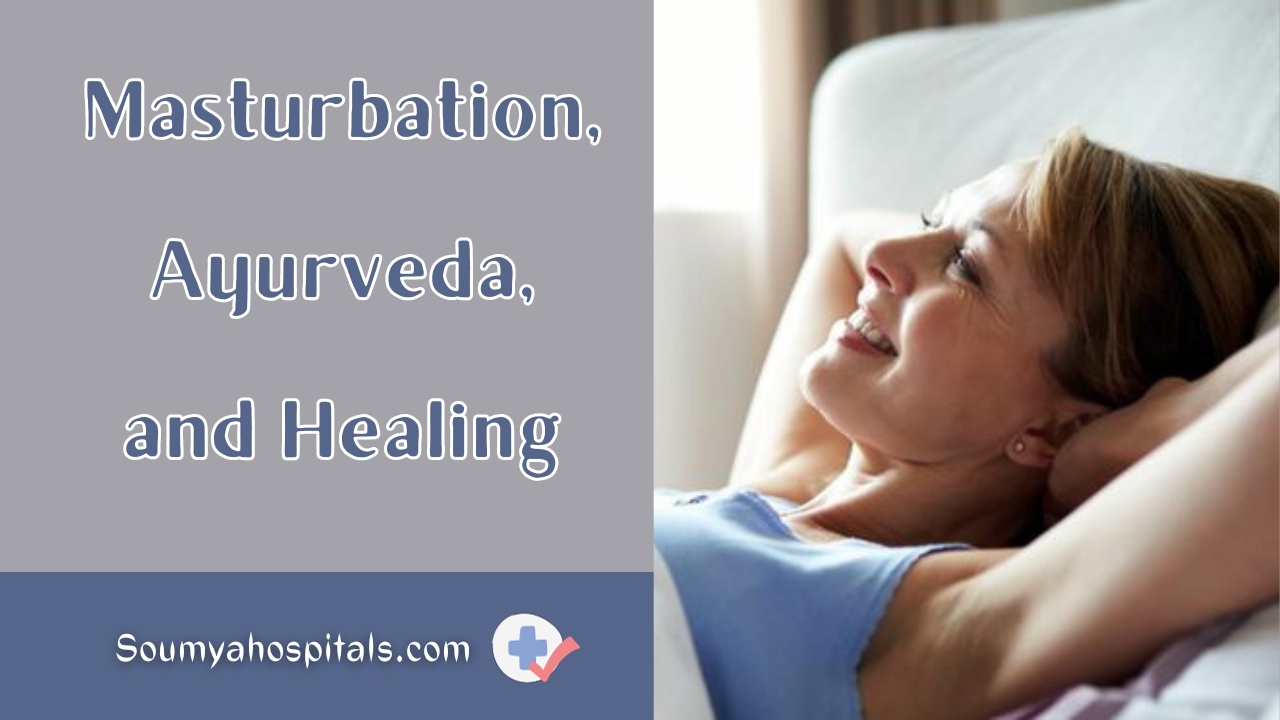How many of us are masturbating because we are frustratingly unfulfilled sexually, bored with faded memories of passion, distracted with porn, or using orgasm just to fall asleep quicker? Hasta maithuna (masturbation), like all natural urges, should not be suppressed, according to Ayurveda.
However, over-indulgence in masturbation in combination with unhealthy aspects of our personality can become a cause of increased suffering; over a lifetime masturbation can be a leaky faucet through which our limited Ojas (life force essence), and our mental-emotional and physical resources, can drain.
Positive Masturbation
While there is almost universal historical disparagement of masturbation among world religions, modern scientific evidence defines masturbation as healthy erotic self-pleasuring. Masturbation has received positive and negative tides of opinion across cultures through time, illustrating that we commonly feel the presence of naturally inherent contradictions in this deeply personal act of mental fantasy and physical self-pleasuring.
The goal of Ayurveda is to empower each of us to look deeply into these contradictions, and separate the healthy and unhealthy aspects so we can best manage the resources of our life force to maintain health and achieve authentic fulfillment.
Masturbation Resources
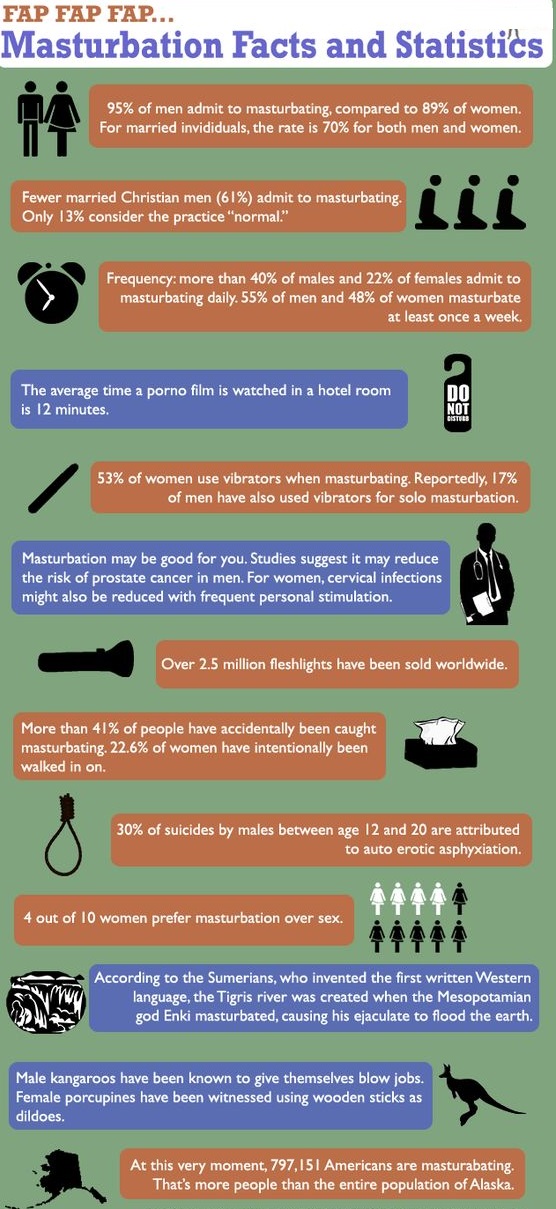
Masturbation is not a trivial act, according to Ayurveda. In the deepest reaches of our being, the sankalpa (resolve) of our libido stirs and brings together the resources for self-release, including:
- The shimmering Life Force, called Ojas.
- The intrinsic qualities of Rajas, which expands our minds with desire.
- The intrinsic quality of Tamas, which opens the doorway to fantasy.
- The intense wind of Vāta, which flows through us and moves us to act.
- The bright fire of Pitta, which enlightens our genitals (guhya, or “secret” regions).
- The comfort of Kapha, which creates the sensation of sweet fulfillment.
- The support of the 7 Dhātus, which organize all our metabolic functions.
The delicate balance and supply of these resources must be cultivated consciously, with the experience and skill of a master gardener, to maintain optimum health and wellness.
Emotional Pain and Masturbation
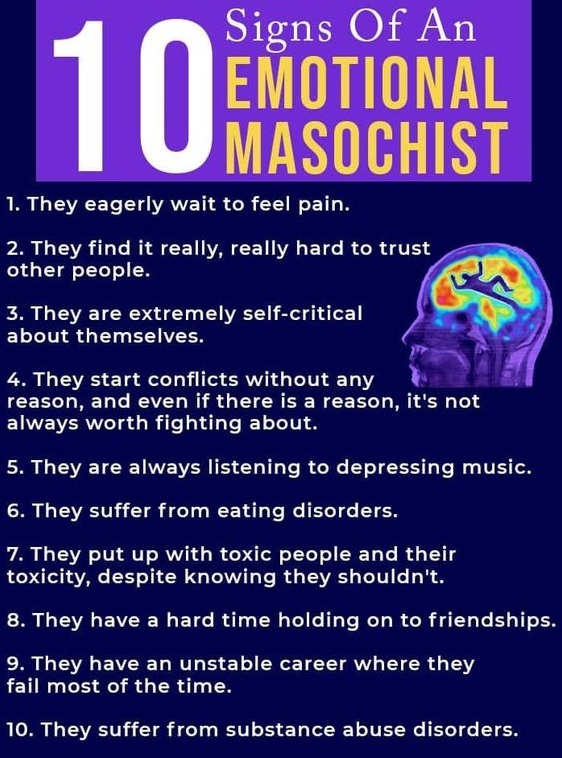
When does masturbation become combined with harmful factors?
It’s the pain in our mind, according to Ayurveda, from which our physical pain develops. And, what person does not have unbalanced mental sexual pain?
Mental habits, influenced by excessive Rajas and Tamas have a profound influence on Vāta, Pitta and Kapha; they become pathogenic factors as they transform the Doshas.
These pathogenic mental factors include:
- Śoka (anguish) and cintā (worry)
- Lajyā (shame)
- Saṅga (addiction)
- Hatāśa (frustrated desire, hopelessness)
- Vishada (depression)
- Avinoda (boredom, monotony, and loss of interest)
Ayurveda teaches that our habitual (lifestyle) thinking either cultivates our life energies, or depletes them. Because the nature of masturbation is repetitive and ritualized (with specific turn-ons, feelings, memories, and pornography), the constant involvement (samyoga) of painful mental factors “entrains” negative effects and reinforces their patterns.
Toxic Masturbation
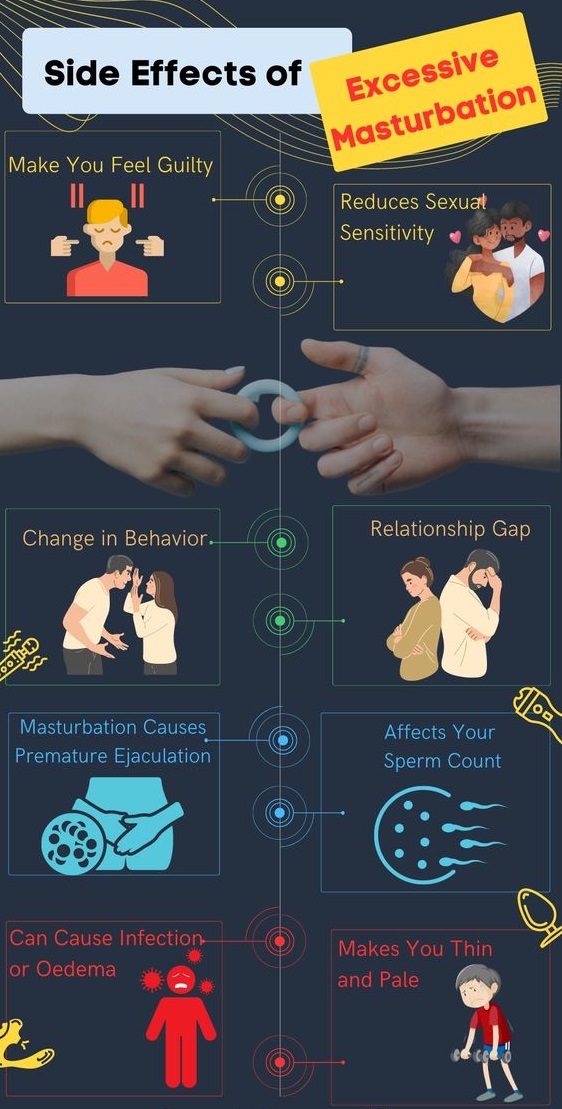
Though we have idealized healthy masturbation as “natural self-pleasuring”, it is a deep urge, and just as eating is prompted by hunger pangs, masturbation is associated with hidden anxiety that begs relief.
From the standpoint of clearly evaluating our own healing – should we come to terms with this anxiety? Most often, we do not, because it’s easier to escape into fantasy and sleep, than to question ourselves.
When ritualized masturbation is used to mask emotional issues or as an escape from frustrated needs or from shame, or the agony of being lonely or unloved, masturbation is rendered “empty” of positive pleasure.
Emptiness also haunts us when we masturbate ritually to pornography decade after decade, projecting ourselves into scenes of imaginary sex, addicted by default and longing for the turn-on we can’t get in real life, because we are too scared or lack the power of attraction.
Using masturbation as escape, or distorting it with emotional pain, is mithyāyoga (wrong utilization), according to Ayurveda. Masturbating addictively is atiyoga (excessive utilization). These are major behavioral causes of endogenous disease as stated in the Charaka Saṃhitā, due to the way they confuse and disrupt the balance of our internal natural resources.
Dhātu Kshaya and Libido
Mithyāyoga and atiyoga can precipitate loss of libido, a condition from which recovery is difficult, due to the subtlety and complexity of the resources involved.
Even though we feel like our libido has an infinite supply (due to the intensity of our desire and attachment), this is actually not the case, especially as we age. As yoga warns that the number of our breaths is limited, Ayurveda teaches us that libido and sexual resources are in fact, finite.
Vājīkaraṇa therapy and Rasāyana therapy are methods Ayurveda provides that reverse the deep shut-off of energy and subsequent spread of numbness, which depletes our Libido , and the Dhātus.
The Dhātus are key physiological entities which comprise both metabolic energy, and its products. Once their depletion and stagnancy (called Dhātu Kshaya) occurs, a complete lifestyle change is guaranteed either by the rigors of the healing process or by the suffering created by illnesses.
Notwithstanding specific illnesses, one must search deep within to determine their authentic source of libido, or have to go through experiences such as divorce and the attendant difficulties of finding a new partner.
Whatever the individual karmic details are, fully committing to holistic disciplines is the only way, according to Ayurveda, to restore the Seven Dhātus and balance the Three Doshas.
Ayurvedic Prescription
In truth, restoring masturbation to a healthy, non-toxic state and keeping it free and clear of pathogenic factors requires a profound desire to experience authentic pleasure.
Self-observation and self-acceptance, careful study of the healing process and of Ayurveda, spiritual determination, herbs and supplements, compassionate support from one’s lover and treatment by qualified healers all together comprise the best medicine.
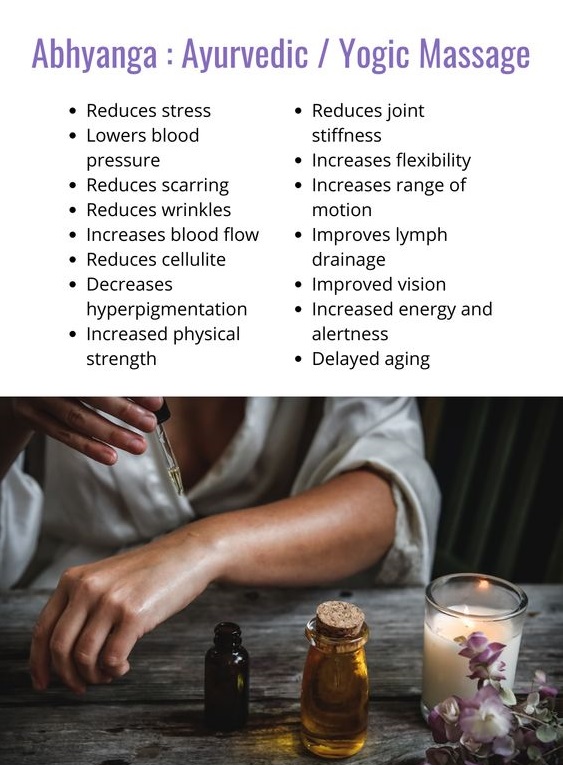
Just like the practice of Yoga, masturbation has “Yamas and Niyamas”:
- Face your pain, and heal your shame.
- Examine your fantasies and look deeply into your libido to see what truly turns you on and brings you to life.
- Learn not to settle for cheap thrills. This is possible over time, and takes sexual maturity.
- Avoid “robotic” masturbation, just as you would not want monotonous sex.
- Don’t masturbate if you are not “positively charged”, in the same way you should only engage with a lover when you are vitally turned-on and present in order to have an authentic experience.
- Don’t masturbate “just to fall asleep” every single night! There are many deeply relaxing practices which are restorative and healing, instead of depleting and Tamasic.
- If you are emotionally or physically exhausted and depleted, skip masturbating. Conserve your energy and let your body restore itself while you rest.
- Find Ayurvedic practitioners with Vājīkaraṇa and Rasāyana therapy skills.
- Contemplate the teachings of Ayurveda and Yoga.
